Slow Images with Roe Ethridge
|Claire Koron Elat
Roe Ethridge has long explored what happens when images slip free of fixed definitions and when the boundaries between art, commerce, and everyday life begin to blur. In his photographs, he uses the real to suggest or disrupt the ideal. Drawing from both commercial and personal sources, his work moves between the glossy surfaces of fashion and advertising and the quiet intimacy of daily life. By merging art-historical genres such as still life and portraiture with the visual language of contemporary media, he reveals how easily the generic can become personal, and the personal can become product.
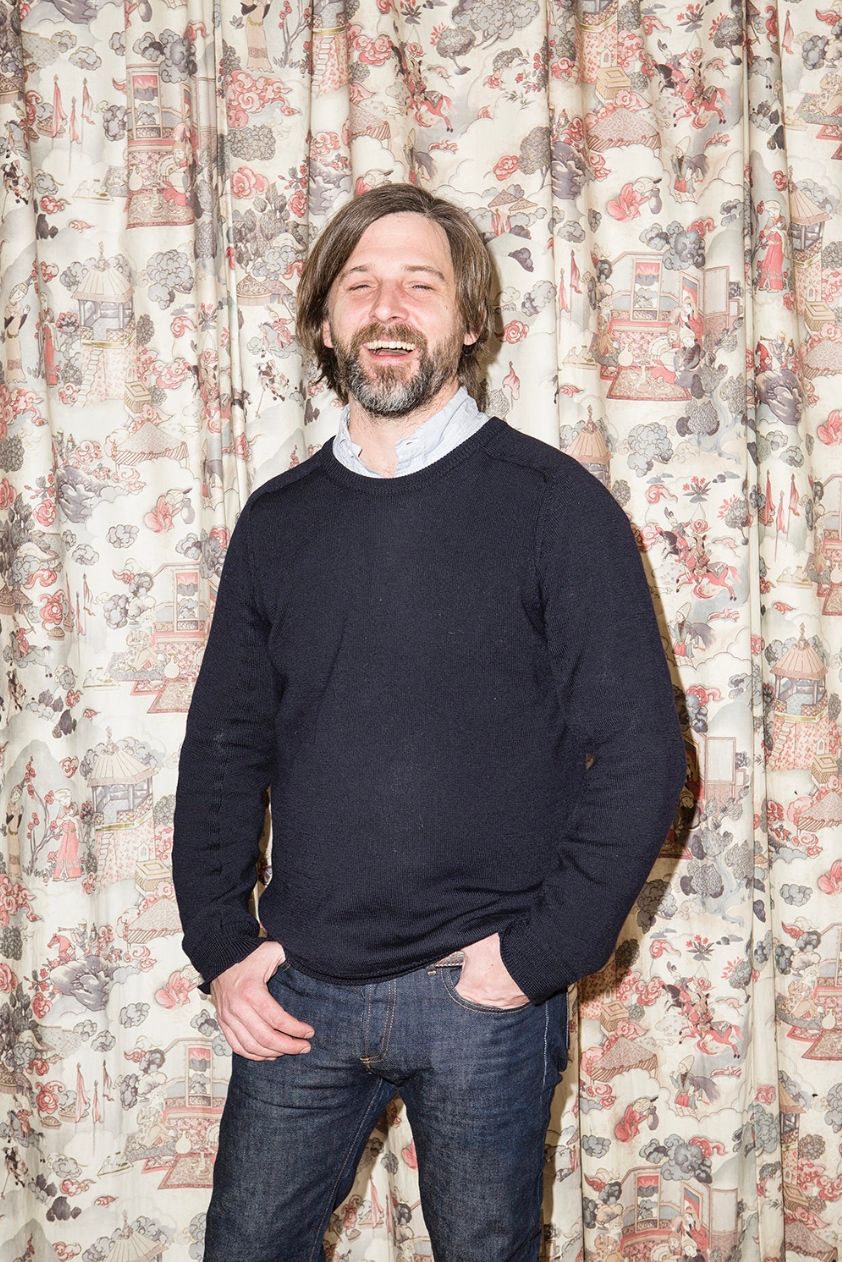
His recent campaign for the recently launched brand Parsel, which he designs together with Nur Abbas feels, like an organic extension of his work, as both Ethridge and Parsel operate within frameworks that privilege transformation over finality, and where meaning, like form, remains in motion.
Claire Koron Elat talked to Ethridge about modularity, authorship, and the emotional utility of objects.
Claire Koron Elat: Parsel rejects the idea of a “fixed object.” How does that philosophy mirror or contrast with your thinking about photography and images?
Roe Ethridge: Over the years, I’ve developed a practice that has multiple voices and facets—whether strategic or not. I’ve always been interested in making both advertising and artwork that looks like advertising, and I created a system where both could coexist. Philosophically, there are definite similarities between what Parsel is doing with their products and how I approach my work. I think we’re quite aligned in that sense.
CKE: Parsel also emphasizes systems over single objects. Do you see parallels between modular design and your own working process? In a sense, everything is perceived more from a systemic rather than an individually focused perspective.
RE: I was just talking about this last night. I’m working on a show for a gallery in Athens, and I’ve been going through hundreds of images with someone there. She sent me an edit—a kind of curation—and it was fascinating to see my work reassembled through someone else’s lens. It felt like concrete poetry: modular, recombined. It made me realize how modular my own process is. Not every combination works, but some create a kind of “third thing.” I think that’s similar to what happens with the Parsel system.
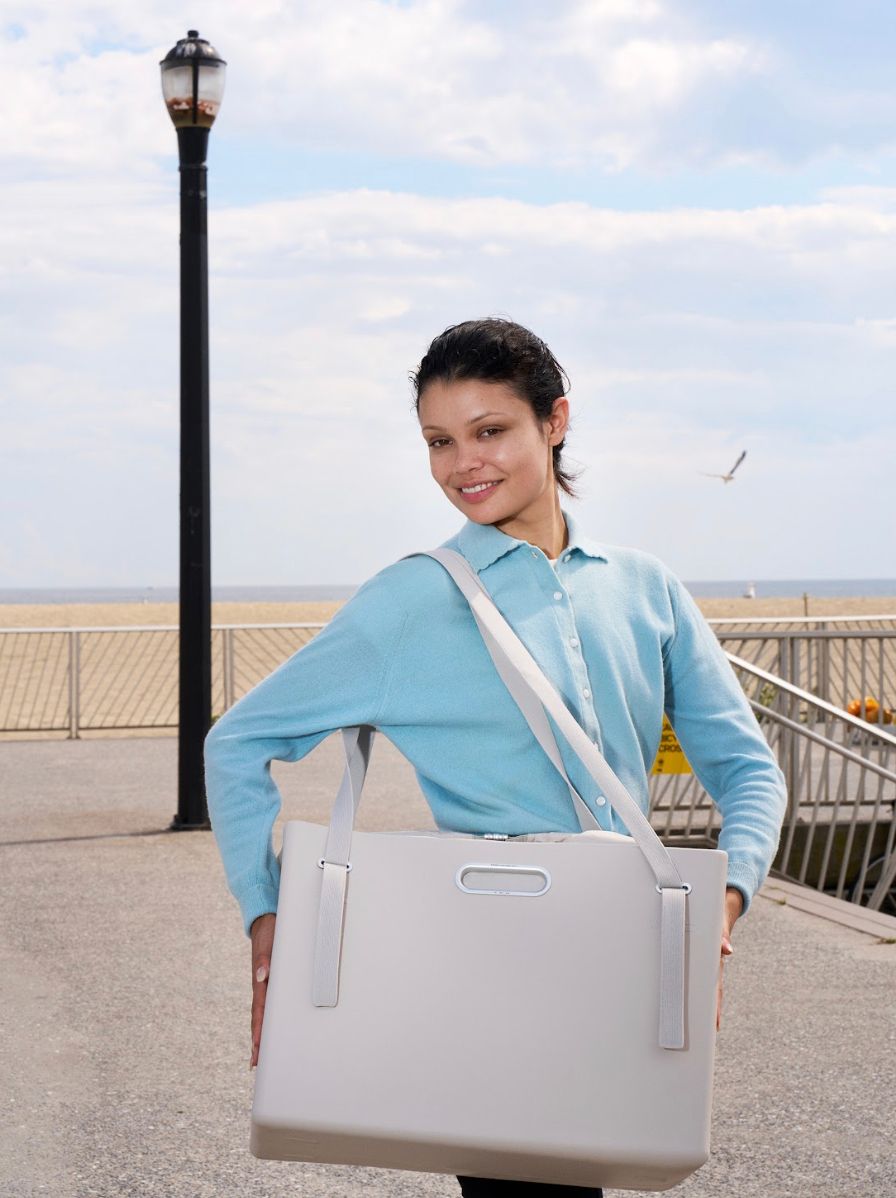
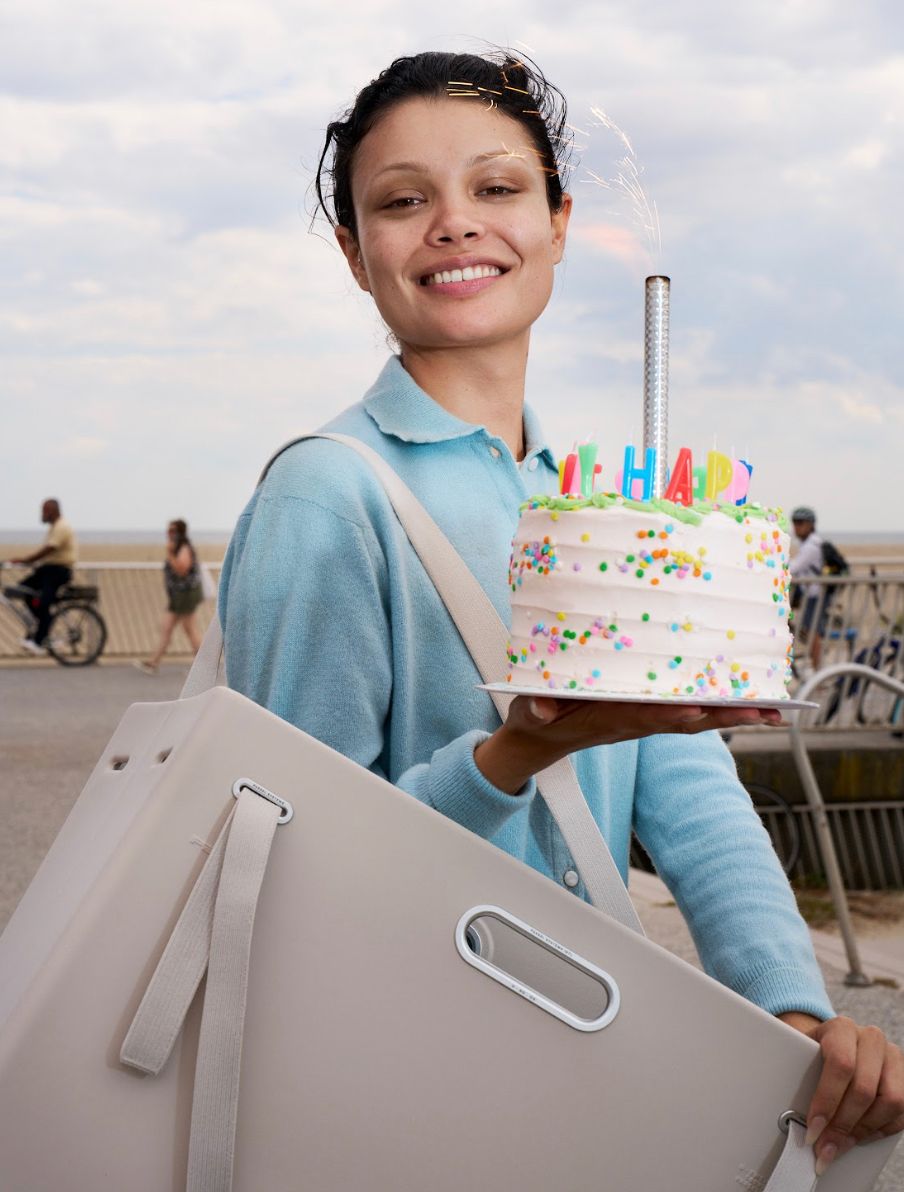
CKE: Sometimes photographers can be quite specific and protective about how their work can be altered. Are you open to other people changing your images?
RE: I try to channel Brian Eno more than Andy Warhol here. There’s something valuable about distance—when someone else’s hand or voice enters the process, it frees you from being the “author,” the “genius,” the boss. You get to see the work almost from the outside, like a spectator. I believe a work isn’t truly complete until someone sees it. No one makes art only for themselves—it’s made to be seen. So when I get to see my work through someone else’s perspective, it’s strange, but also illuminating.
CKE: Parsel positions its visuals as an evolving framework rather than a campaign. How do you envision this long-term documentary component unfolding?
RE: In my mind, these bags are like “future bags.” I already imagine images of them in specific contexts. Jake and I were talking about possibly doing something in Japan. Maybe at an onsen—which feels fitting since the bag is waterproof and kind of at home in that environment.
I actually have three Parsel bags myself—two XL and one small. One I use for my camera gear, another as a “junk drawer” full of random things like a baseball cap, props, and hardware. The last one just looks great sitting on a wooden bench in my foyer. It’s funny, because I don’t even think of them as “Parsel bags” anymore—they’ve just become integrated into my life. It’s become so natural that I recently realized they’re already ubiquitous. So, in a way, the concept of ubiquity the brand aims for has already materialized in my daily life. It’s working.
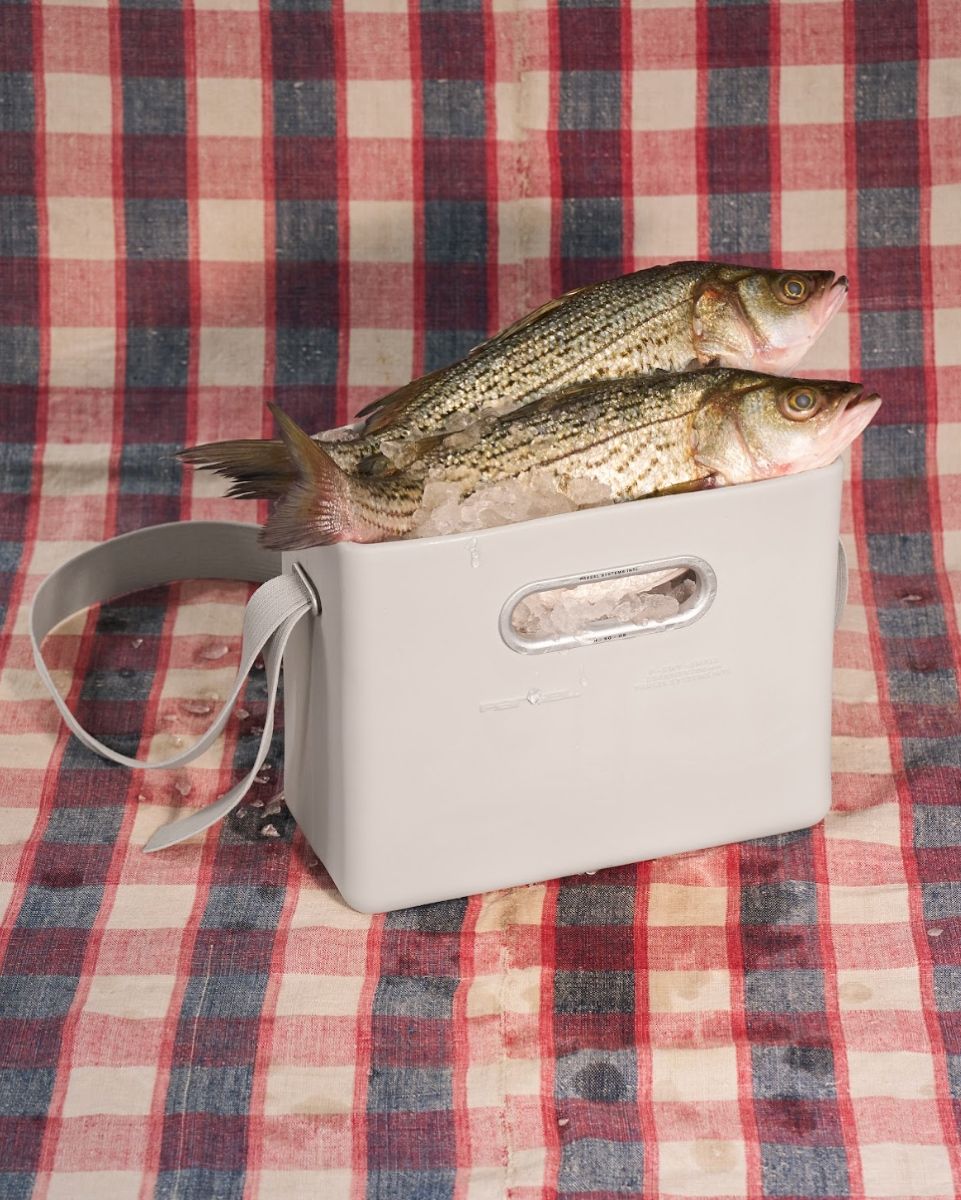
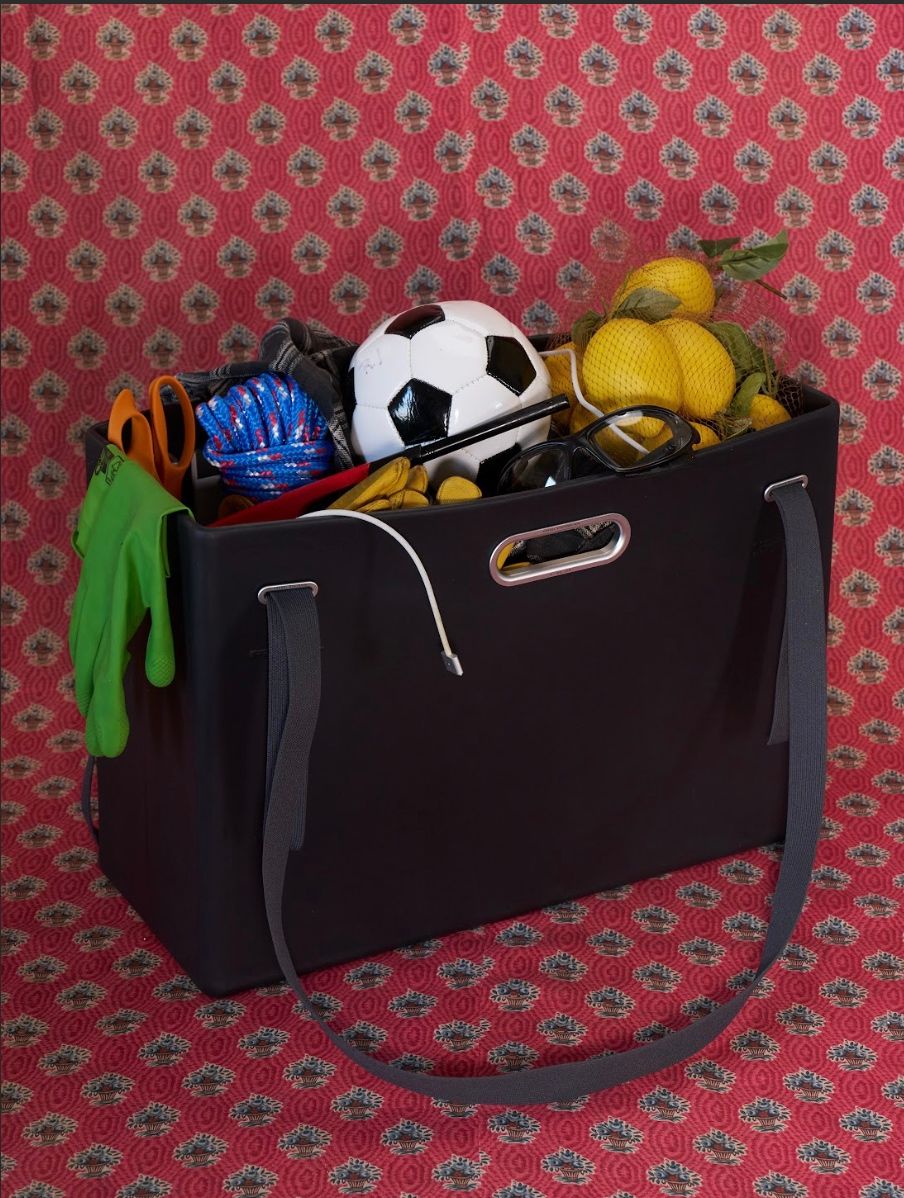
CKE: The notion of utility as emotion is central to PARSEL. Does photography have an emotional utility?
RE: 032c is the Pantone code for a specific red, right? It’s almost the same color as the Valentine typewriter—a design object that’s both functional and deeply nostalgic. It wasn’t rare; it was mass-produced, but it still became an icon because of how good the design was. It transcended its function.
I think Parsel is doing something similar—obviously it’s a bag and not a typewriter, but it’s also a thoughtful design object that’s functional, democratic, and not bound to a single category like fashion or sports. That universality gives it emotional resonance. It’s hard to define the exact emotion—nostalgia, admiration, beauty—but it’s there. What do you think?
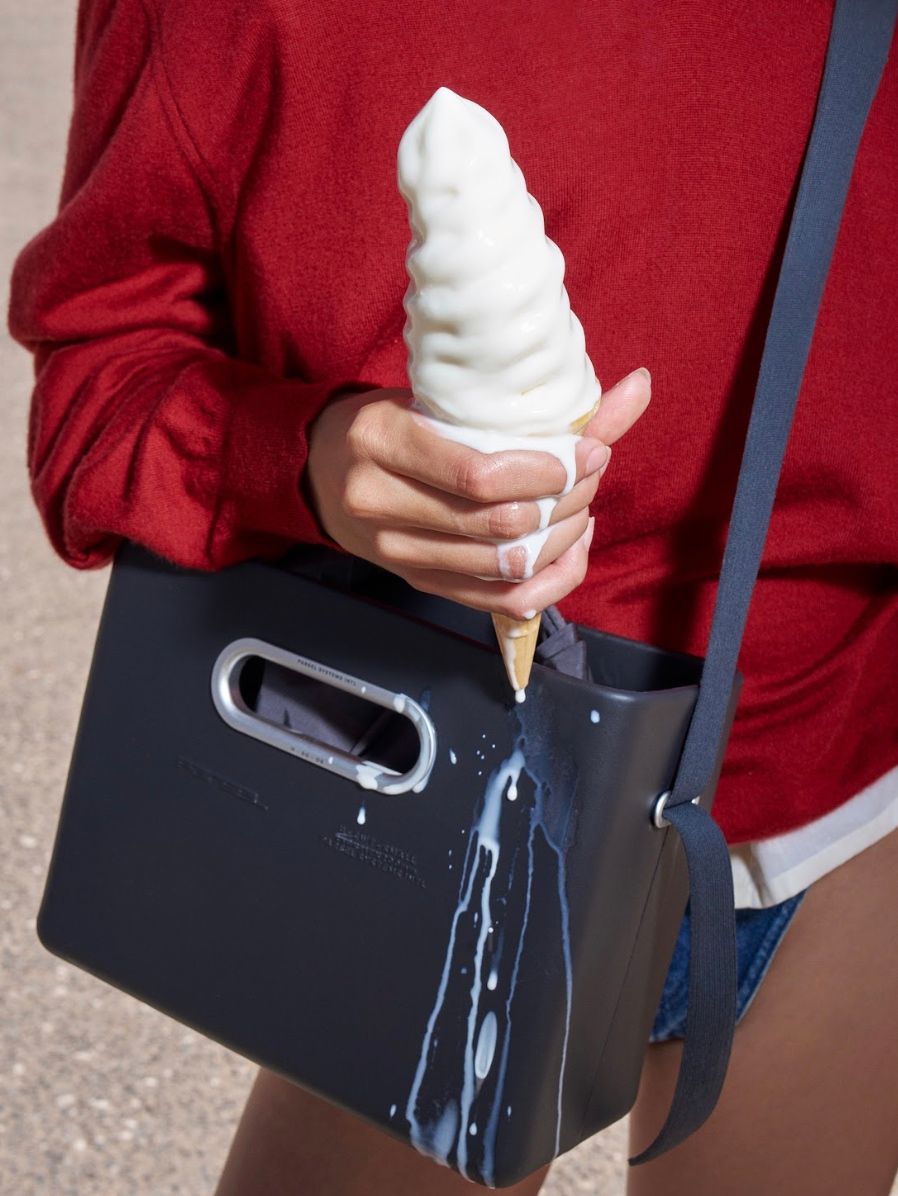
CKE: I think there’s a question around how you transmit feeling through an image when the main subject isn’t a person but an object—though objects can sometimes be characters too.
RE: Exactly. In the still lifes for the campaign, the bags take on a kind of personality. Some images feel nurturing or motherly, even comforting. Others, especially the ones with screws and bolts, feel tougher, more masculine.
One of my favorite images is the “junk drawer” one with the soccer ball and rope. It reminds me of childhood, of my mom packing things into a bag for vacation. There’s something familial and tender about it—a bit nostalgic, maybe even melancholic. It feels like a benevolent personality, but the campaign isn’t just that. It has multiple meanings.
And we work hard on these images to make them sing. It’s a collective effort. The bag is an object, yes, but it functions almost like a character. I was telling Jake yesterday that it’s kind of like a portable file cabinet—something utilitarian and dry. But in the pictures, it becomes the opposite: emotional and expressive.
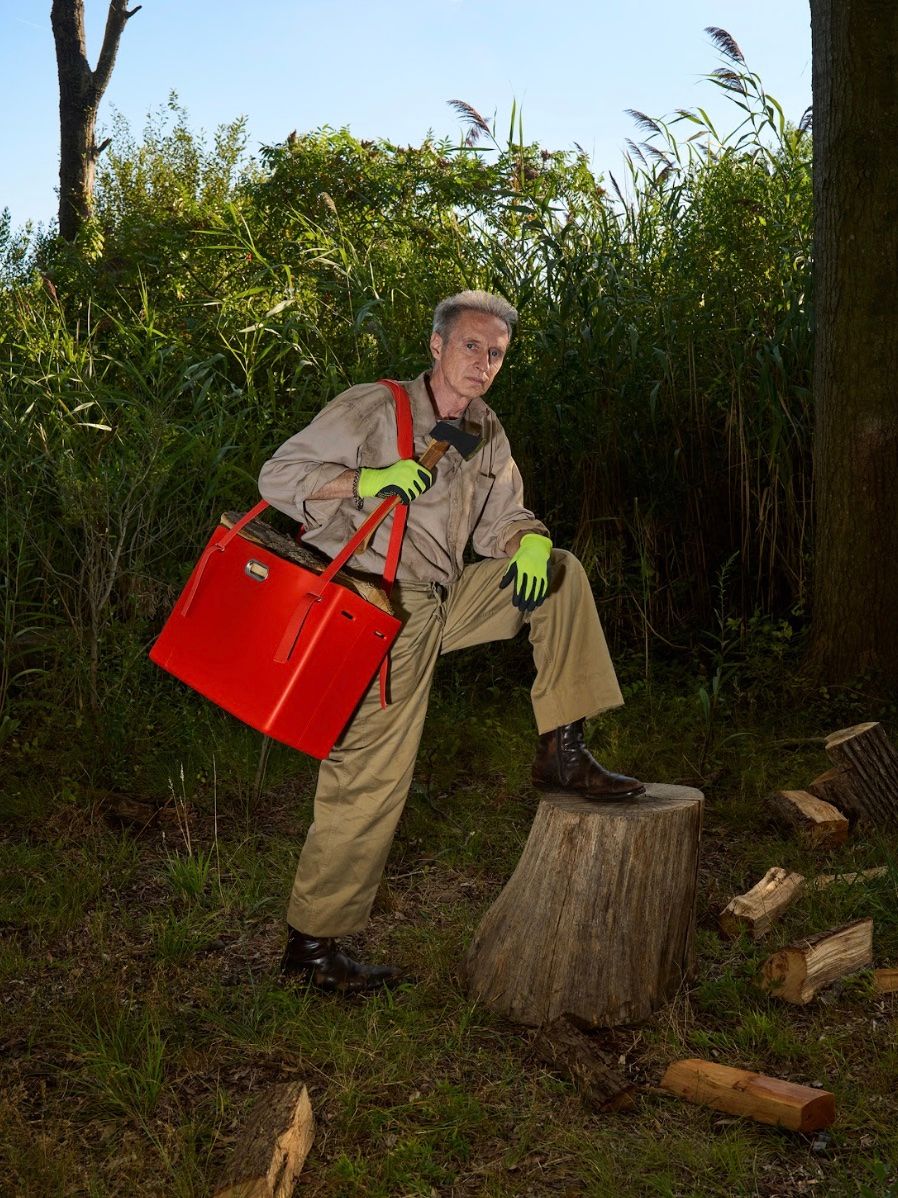
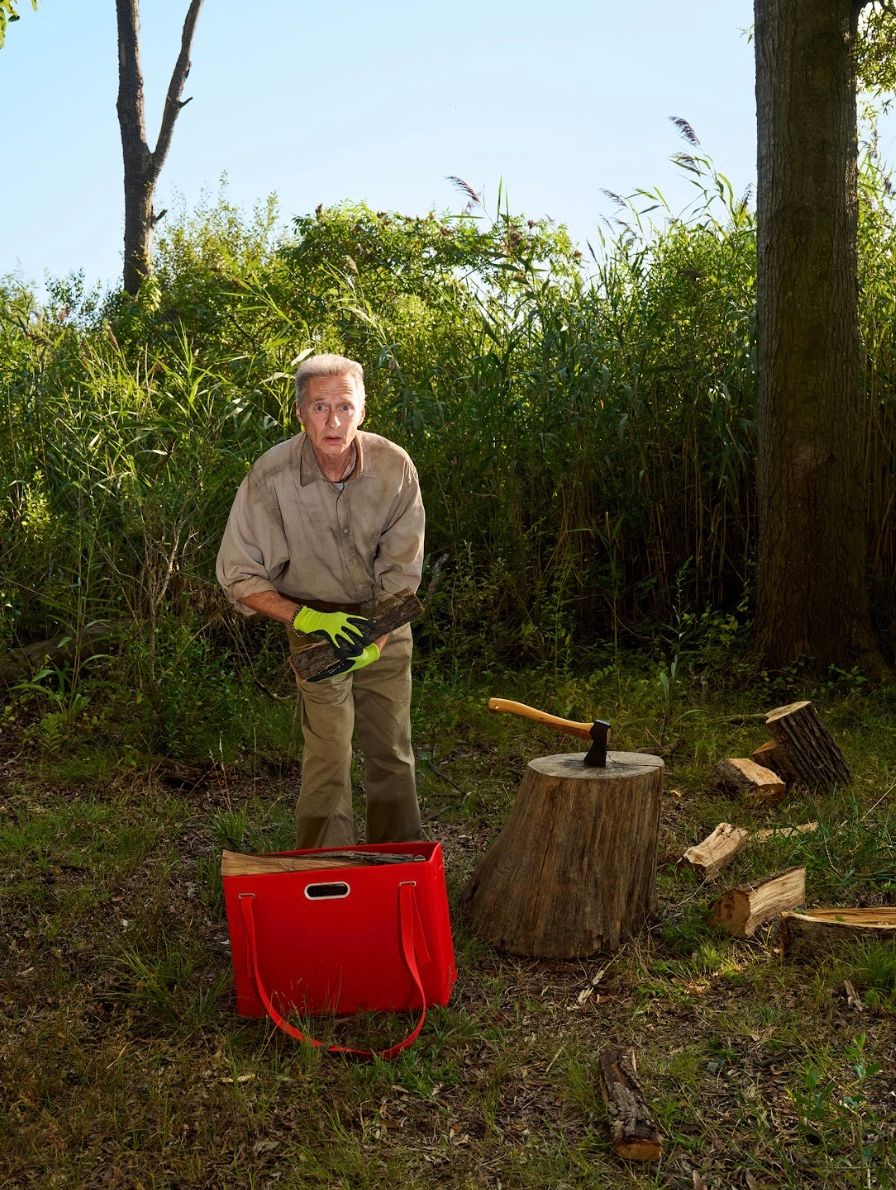
CKE: In your wider work, you also often photograph objects and still lifes. How does storytelling change for you when you’re working with objects rather than people?
RE: It’s hard to explain—you just do it. You try to tell a story, whether it’s immediate and graphic or something that unfolds over time.
I like images that reveal themselves slowly—ones that tell their story over multiple viewings. You might notice something new on the third look, something you completely missed before. That happened to me recently: I was preparing a print and noticed a piece of blue tape on the floor echoing the shape of the sculpture in the photo. I had been looking at that image for weeks. Those small discoveries keep me fascinated.
Credits
- Text: Claire Koron Elat